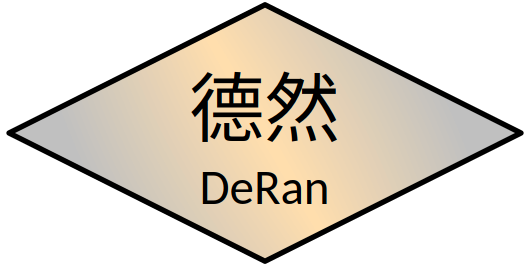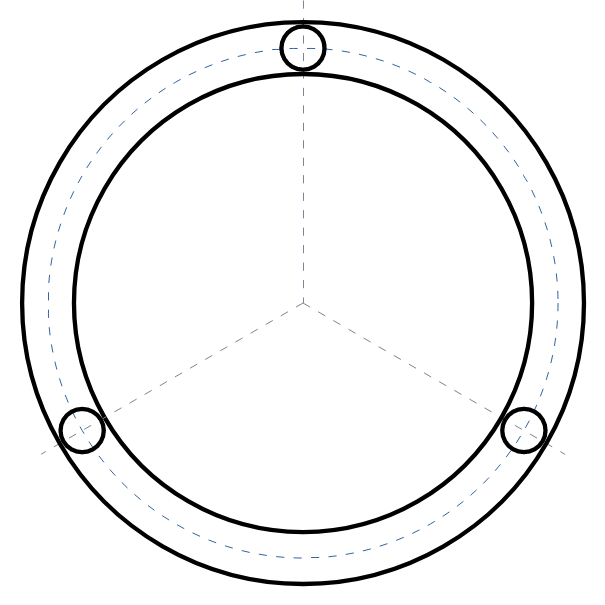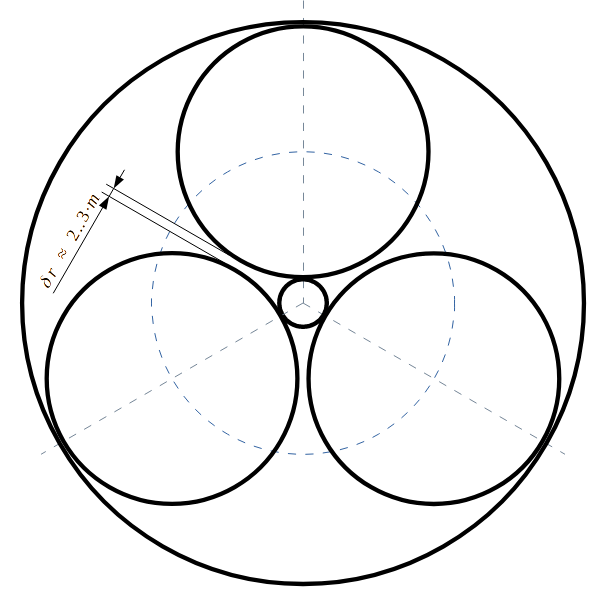Stepped planet gear sets
Stepped planets are very interesting planetary gear sets, they enable in one step:
- very large ratios
- very small ratios
- large sun gears for central feedthroughs
But: they are hard to find.
We have a suggestion how stepped planetary gear sets can be found and designed very easily with our app. If a wheelset is selected, our app can also create the input files for the FVA software STplus.
Examples:
A stepped planetary gear set with the possible ratios
| sun – ring gear | -0.9787 |
| sun – planet carrier | 1.9787 |
| ring gear – planet carrier | 2.0217 |
| ring gear – sun | -1.0217 |
| planet carrier – sun | 0.5054 |
| planet carrier – ring gear | 0.4946 |
Such a small ratio is not feasible with a simple planetary gear set – but if this small ratio is required for a coaxial drive, a stepped planetary gear can be a good solution.


This stepped planetary gear set enables the ratios
| sun – ring gear | -13.8571 |
| sun – planet carrier | 14.8571 |
| ring gear – planet carrier | 1.0722 |
| ring gear – sun | -0.0722 |
| planet carrier – sun | 0.0673 |
| planet carrier – ring gear | 0.9327 |
With a normal planetary gear set, the planets no longer fit next to each other in one plane.
Stepped planet gear sets searching
The searching of the „right“ number of teeth is not easy, even with simple planetary gear sets, but it is even more difficult with gear sets with stepped planets. Here we show you a way to simplify this search and significantly speed it up.
The SpgsFinder is a tool that finds all possible combinations for given gear ratios and number of teeth ranges.
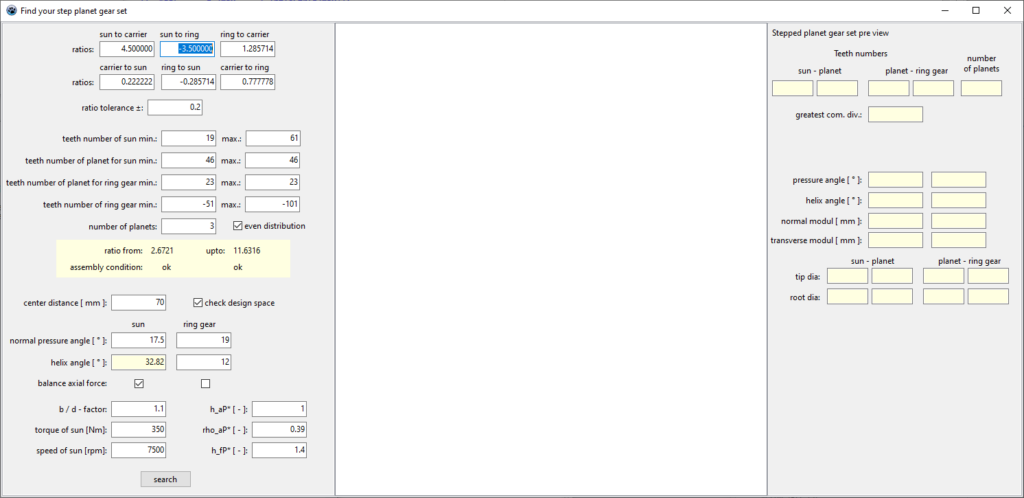
Inputs
A value must be entered in one of the input fields for „ratio“. If the input field is exited or confirmed with ENTER, all other ratios are calculated and displayed immediately.

The minimum and maximum number of teeth should reasonably limit the search area – if the search area is very large, the search can take a very long time.
The inputs for the example in the picture result in 2193 possible combinations, from which 81 possible solutions result that correspond to the specifications.

The solutions displayed in the middle of the window can be scrolled through with the arrow keys or the mouse. The first raw data is then displayed on the right for each preselected solution. This means that suitable diameters or modula can already be selected.
A double click or ENTER selects the marked wheelset, it is displayed in a separate window.
Inputs for searching
This is a description of the defaults you can search for.
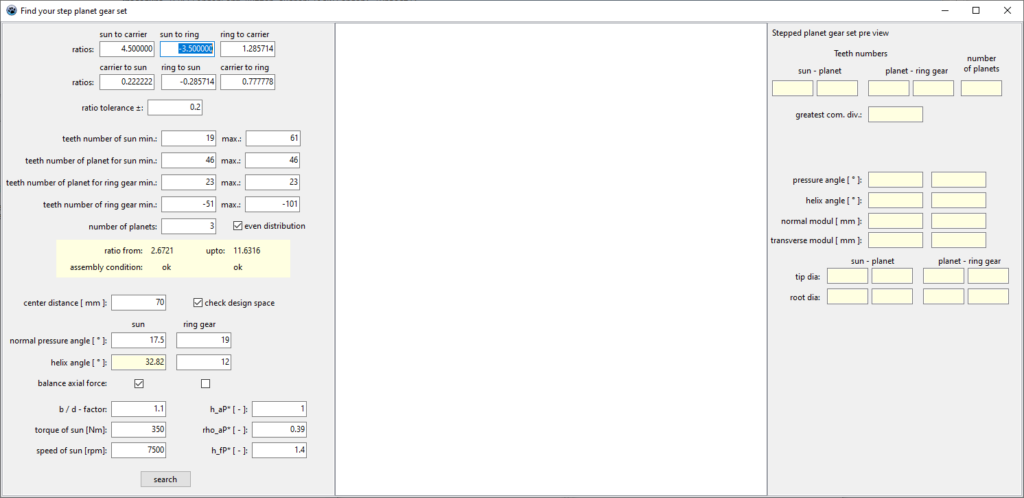
Ratio
A value is entered in the input field „sun to carrier ratio“ …

… only when you leave the input field with TAB or confirm the value with ENTER the other resulting translations will be calculated and displayed.

Each of the six possible translations can be entered as a default – a conversion using a pocket calculator or similar is therefore not necessary.
Teeth numbers

Entering the number of teeth specifies the number of results and the computing time.
It should also be considered that the two planets should have a common divisor that is as large as possible – this makes assembly easier.
Prime numbers can be realized on the sun and ring gear if this is required. However, since there are always several planets in mesh with the sun and ring gear, prime numbers can also be dispensed with.
Center distance, pressure and helix angle
At the moment the center distance has to be entered.

Other input options like
- K* (Niemann/Winter)
- max. ring gear outer diameter
- max. installation space diameter (incl. planets)
- …
are doable.
Enter the pressure angle.
Either that for the sun or that for the ring gear is specified as the helix angle. The other helix angle is calculated in such a way that the axial forces from the two gearings cancel each other out – this protects the roller or plain bearings.
Load and reference profile

The b / d – factor is the width-diameter ratio of tooth width and pitch circle of the smallest gear.
Torque and speed must be entered.
h_aP, rho_fP* and h_fP* are the height and radius factors for the reference profile of the gearing according to DIN 867 or ISO 53.
